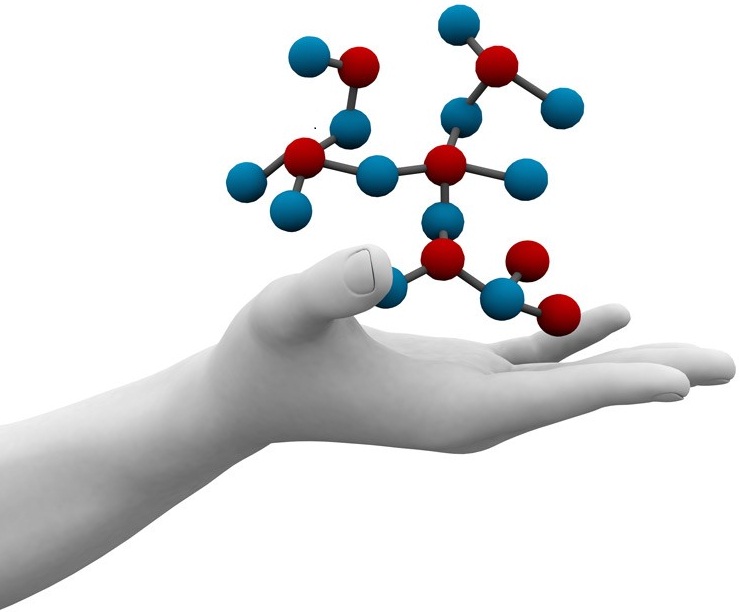
Metabolomics
Metabolomics is the systematic study of chemical processes involving metabolites, that is small molecules present in cellular and body fluids that play key biological roles. Metabolomics studies the unique chemical fingerprints that specific cellular processes leave behind, that is their small-molecule metabolite profiles. The metabolome represents the collection of all metabolites in a biological cell, tissue, organ or organism, which are the end products of cellular processes. Metabolomics aims to compare the relative differences between biological samples based on their metabolite profiles. It can provide an instantaneous snapshot of the entire physiology of an organism. Researchers use metabolomics assays to study a wide variety of problems: disease research, toxicology, environmental analysis, agriculture, biofuel development and nutrition. Metabolomics results can also be combined with gene expression and/or proteomics studies to provide a richer and more comprehensive understanding of the biology. HybridStat offers data analysis services for high-throughput metabolomics data, from raw data preprocessing and normalization, up to statistical analysis and potential identification of small molecules with key roles in biochemical processes.
Mass spectrometry metabolomics data analysis
Description
The rapidly emerging field of metabolomics combines strategies to identify and quantify cellular metabolites using sophisticated analytical technologies with the application of statistical and multi-variant methods for information extraction and data interpretation. Metabolomics research has the potential to provide biomarkers for the detection of disease, for subtyping complex disease populations, for monitoring disease progression and therapy, and for defining new molecular targets for therapeutic intervention. Mass Spectrometry (MS) provides analytical platforms that address the technical barriers to success in metabolomics research and these platforms are utilized for the structural elucidation of unidentified biomolecules and to accurately quantitate biomolecules based upon mass selective detection. Currently, targeted metabolomics analyses of large control and patient populations are used to define both the normal range of a defined metabolite and its potential heterogeneity in complex patient populations.
MS metabolomics experiments, like MS-based proteomics procedures, produce data of high volume and density. In addition, the nature of the small molecules of often unknown chemical structure that make up metabolites, add extra levels of complexity. Thus, the thorough bioinformatics data analysis is a prerequisite for biochemically and biologically meaningful outcomes, from characterization of metabolite molecular mechanisms of action to the disovery of potential disease biomarkers and also potential drug targets. HybridStat offers metabolomics MS data preprocessing, normalization, peak detection and sample clustering for several high-throughput metabolomics technologies, such as LC-MS(/MS), CE-MS, SELDI/MALDI-TOF MS, towards the identification of metabolite abundance and their quantification, as well as differential abundance analysis across different experimental conditions. HybridStat also offers assistance in the experimental design for optimal downstream statistical analysis.
Output
Provided with the raw spectra (mass-to-charge, retention time and raw signals – mass counts in netCDF, mzXML, mzML formats) HybridStat generates friendly reports with:
- Comprehensive, detailed and annotated (through the usage of related biological databases like HMDB and ChEBI) where possible, metabolite/identified molecule abundance lists coupled with statistical significance (in case of differential abundance measurements across a statistical design) and confidence metrics
- Lists of biochemical pathways where the identified metabolites are involved, coupled with statistical significance and several confidence metrics where possible
- Friendly and established data visualization of the results (metabolite abundance heatmaps, volcano plots, aligned spectra etc.)
- Friendly and established quality diagnostics of the raw data as well the data analysis procedure (normalization assessment boxplots, mean difference plots, spectral alignment assessment etc.)
